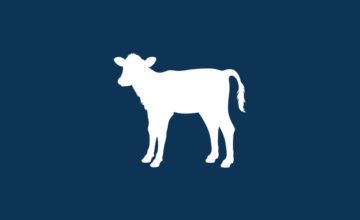Bottle Cleaning Best Practices
- Oct 11, 2024
- By Grober Nutrition
- In Canada
In the first few weeks of life, animal immune systems are still developing. It’s also a time when animals are very efficient at turning feed in to gain. That’s why it’s so important to give them proper nutrition, and make sure you’re doing everything you can to prevent illness. One easy but important way to do this, is making sure bottles and all feeding equipment are clean.
Below is a 4-step cleaning process to keep your bottles clean, and your animals healthy.
- Rinse with lukewarm water
- Initially, rinse all feeding utensils with lukewarm water. This includes nipples, buckets, bottles, anything handling the milk the calves will consume. Make sure to rinse the inside and outside of all instruments.
- Using water over 45C can cook the proteins and cause them to stick to the surfaces of the bottles and pails. An initial cool/lukewarm water rinse prevents this.
- Wash with hot water and detergent
- Wash in water hotter than 45C
- It is crucial to use a clean brush to help scrub all sides of the instruments
- Utilize a detergent soap to help break up the fats and proteins and avoid having then stick to the sides of the feeding tools
- Wash with an acid wash
- This last step helps to ensure the pH of the surfaces is changed sufficiently to inhibit growth of bacteria
- Air dry
- Ensure bottles are sitting straight up, with open mouths facing straight down to allow full drainage of any fluid from the bottles. This is also important for pails. Don’t stack pails until they are fully dry.
- Bacteria loves moisture so if this step is skipped, all the work of washing is lost















